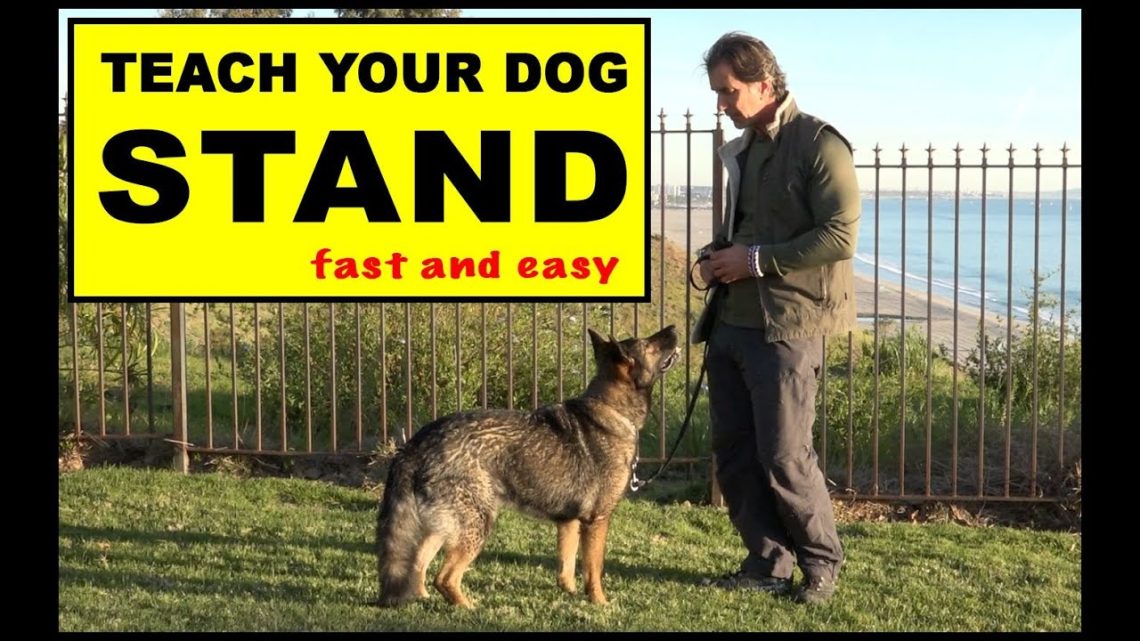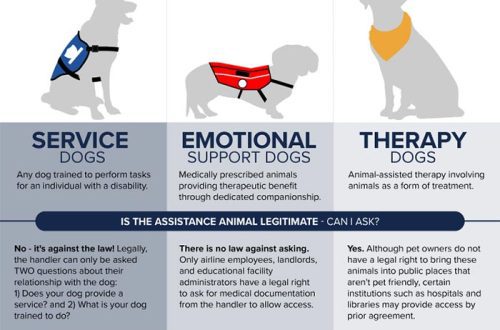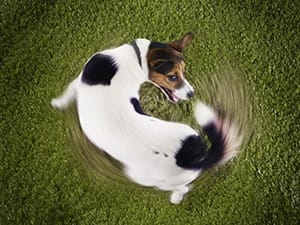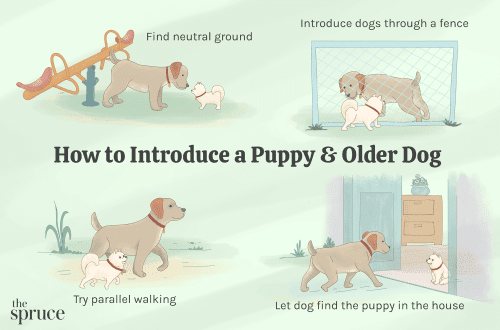
How to teach a dog the “Stand” command?
Targeting method with treats
To train your pet in this way, you will need a food target, its choice depends on the preferences of the dog. In order for the training to be as effective as possible, you should choose a treat that your pet definitely will not refuse.
First of all, it is necessary to train the dog to stand up from a sitting position, this is the easiest version of the exercise. To do this, you need to take the starting position: the owner is standing, and the dog is sitting on a leash fastened to the collar, sitting at his left leg. Then you need to take a piece of delicacy in your right hand, clearly and loudly command “Stop!” and make a gesture that will make the dog stand up: first bring food to the very nose of the pet, and then move your hand away so that the dog reaches for it. This should be done very smoothly and slowly. When the dog gets up, you need to reward him with a well-deserved treat and give him a couple more bites, making sure that he does not change position and continues to stand. Now you need to plant it again and repeat the entire exercise 5 times, making short pauses between repetitions, and then play with your pet, give it relax, take a free state.
For an hour walk, you can do up to 5 such cycles of exercises. When training at home during the day, it is quite possible to do up to 20 sets until the dog is satisfied with the offered treat.
Approximately on the third day of regular and systematic training, it is necessary to switch the dog’s attention to the fact that it must not only stand up, but also linger in the stance, that is, maintain the required posture. Now, as soon as the dog gets up, you need to give it up to 7 pieces of treat (making pauses of different lengths between them) and plant it. Over time, she must understand that it is necessary to hold the rack for a long time. With each lesson, as the dog develops a skill, the duration of the stand should increase, this is regulated by the time the food target is fed: that is, the dog should stand for 5 seconds, then 15, then 25, then 40, then again 15, etc.
When the pet tries to sit down, you need to gently support him by the stomach with your hand, thereby preventing him from changing his position. Do not forget about the leash, with which you need to control so that the dog does not move.
If the pet does not sit, but lies, then the training algorithm remains the same, only one detail changes: at the very beginning, you need to bend over the lying dog, say the command and raise it to all its paws with the help of a treat. Then everything is the same.
Pointing method with a toy
This method is suitable for active dogs who love to play. The principle of training is the same as when using tasty food as a target, only now the pet’s favorite toy is used instead of food. In the same way, it is brought to the nose of the sitting dog and then pulled forward, and the dog follows the toy and stands up. Immediately after that, you need to give her a toy and devote some time to the game. While practicing this exercise, gradually increase the time that the dog holds in the stance – with each training day, it should gradually increase. Soon the pet realizes: only after he gets up and stands for a while, the desired game begins.
By the time the dog begins to react to the target and stand up when it appears, you must gradually stop using it, otherwise the dog simply will not learn to follow the command without the desired goal. Try to control your pet by making suggestive gestures with your empty hand, but be sure to reward your dog with treats or play when he gets up.
It is possible that the dog will not react in any way to your empty hand, then repeat the gesture; if there is still no reaction, pull or tug on the leash. When as a result of these actions he gets up, give him the target. Gradually, the dog will become more and more responsive to your gestures without the use of a target, which means it’s time to switch his attention to the command given by voice. To do this, make the auxiliary gesture less and less pronounced and use the leash, sipping or supporting the pet if he does not obey.
At the next stage of training, it is necessary to produce positive reinforcement for the execution of the command not immediately, but at various time intervals. If the dog has done all that is required of him, and you are not giving him the desired toy or treat, then use affection: stroke the dog, pat and say nice words in a soft voice and with a calm intonation.
Also, when training the stance, the methods of pushing and passive flexion can be used. The first involves pushing the dog to perform some specific action, in this case, to stand up. This is done by pulling on the collar or tugging on the leash. Otherwise, the principle of dog training is the same: as a result, it must respond not to physical impact, but to the command of the owner, given by voice.
The passive flexion method is possible if the pet trusts the owner to such an extent that it does not resist any of his manipulations at all. This means that you can sculpt from it what the owner needs. First you need to introduce the dog to the action that you want to achieve from him: being in the starting position, you should take the dog by the collar, then give the command “Stand!”, pull the collar forward with one hand, and put the dog on his stomach with the other, preventing opportunity to sit back. After that, you need to give the pet a few pieces of his favorite food.
Soon the dog will understand the meaning of the command that you give him, then you need to gradually reduce the severity of the actions with which you get the dog to get up on command, and achieve that he assumes a standing position on the command “Stop!”. As the skill develops, the frequency of reinforcement should also be reduced.





